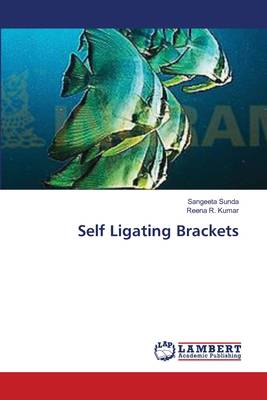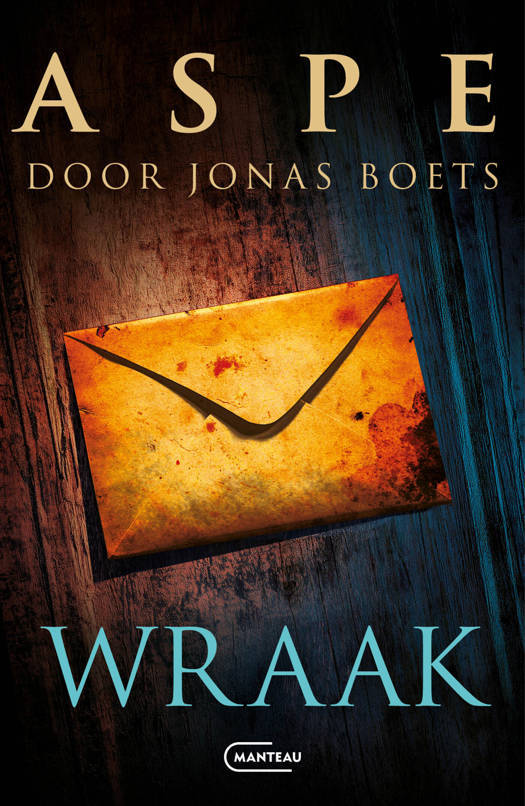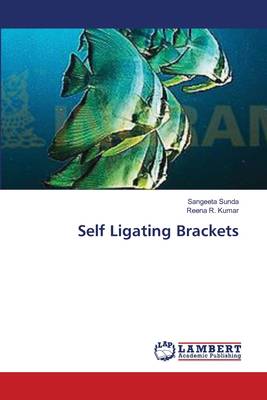
- Afhalen na 1 uur in een winkel met voorraad
- Gratis thuislevering in België vanaf € 30
- Ruim aanbod met 7 miljoen producten
- Afhalen na 1 uur in een winkel met voorraad
- Gratis thuislevering in België vanaf € 30
- Ruim aanbod met 7 miljoen producten
Zoeken
Omschrijving
The increasing use of sliding mechanics in orthodontics has led to considerable research interest in the frictional forces developed due to interactions between the archwires and bracket.Reduced friction and light orthodontic forces are both biologically and mechanically advantageous as they reduce the undesirable reactionary forces, which can complicate the simplicity of the desired mechanics and also lead to root resorption. It is clear that the nature of ligation has a bearing on friction within the appliance system. Literature search on studies conducted reveal that SLB's have comparatively less friction than conventional ligating appliance system. Research on frictional resistance to orthodontic tooth movement in-vivo is complex, hence knowledge is almost entirely derived from laboratory-based investigations using simulated oral environments.
Specificaties
Betrokkenen
- Auteur(s):
- Uitgeverij:
Inhoud
- Aantal bladzijden:
- 124
- Taal:
- Engels
Eigenschappen
- Productcode (EAN):
- 9783659545597
- Verschijningsdatum:
- 20/05/2014
- Uitvoering:
- Paperback
- Afmetingen:
- 150 mm x 220 mm
- Gewicht:
- 191 g

Alleen bij Standaard Boekhandel
+ 134 punten op je klantenkaart van Standaard Boekhandel
Beoordelingen
We publiceren alleen reviews die voldoen aan de voorwaarden voor reviews. Bekijk onze voorwaarden voor reviews.











